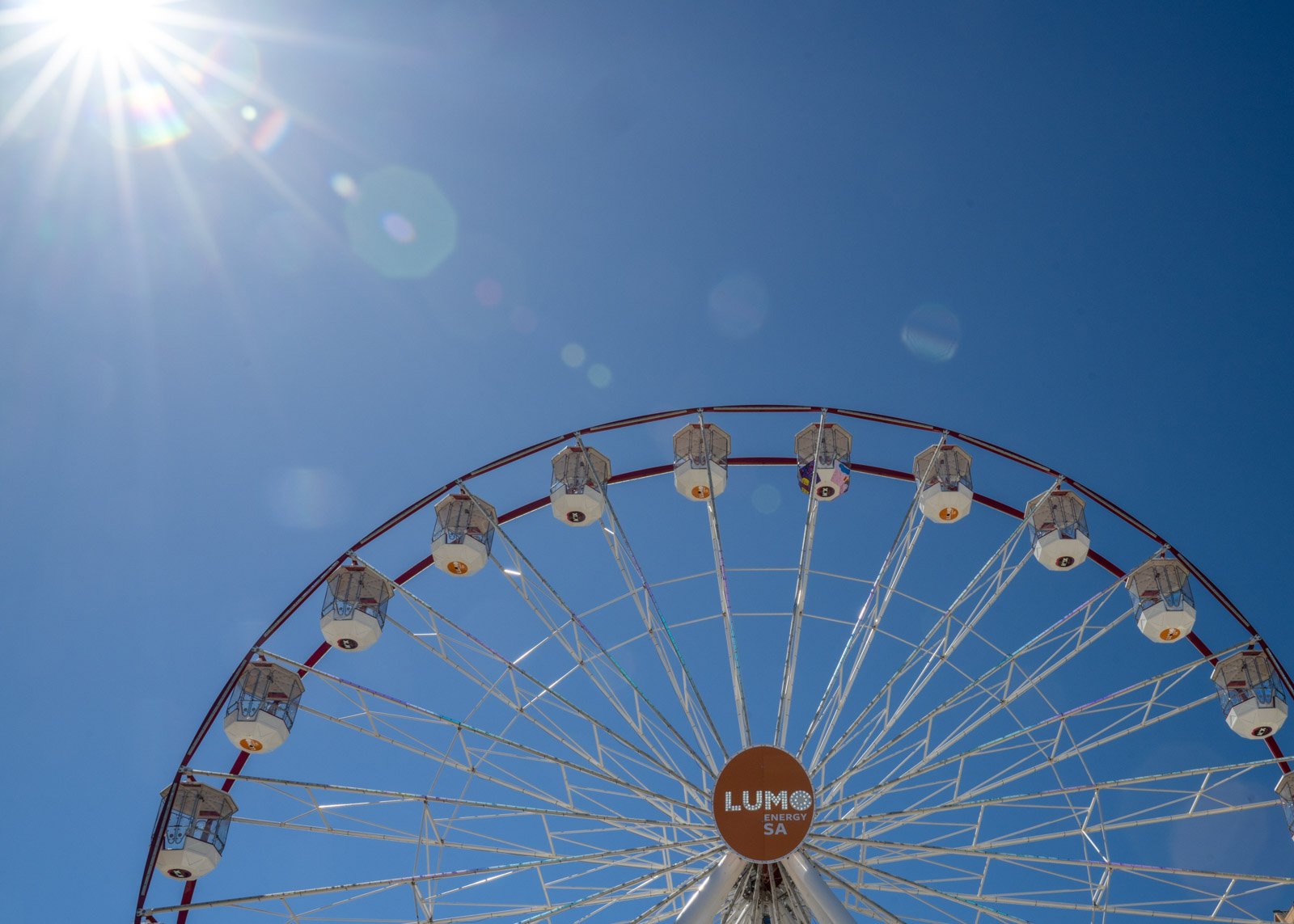Starbursts: What are they and how to capture them
There exists a captivating phenomenon that can elevate the allure of any image. This is called the starburst effect. This enchanting visual effect occurs when light sources in a photograph, such as the sun or streetlights, appear as radiant, star-like bursts of light. Mastering the art of capturing starbursts can add a touch of magic to your photography, transforming ordinary scenes into extraordinary compositions.
But how exactly can you achieve this dazzling effect? Here are some tips to help you capture mesmerizing starbursts in your photographs.
Starburst and Ferris wheel aperture f/22
Choose the right aperture
The key to creating this effect lies in controlling your camera’s aperture. A narrow aperture, typically between f/16 to f/22, helps to create the diffraction effect that produces the starburst. Experiment with different aperture settings to find the one that produces the most pronounced effect.
Utilize a small aperture
To maximize the effect, it’s essential to use a small aperture opening. The smaller the aperture, the more pronounced the rays of light will appear, resulting in a more dramatic starburst.
Starburst at Remarkable Rocks, Kangaroo Island, South Australia, f/16
Positioning is key
To capture stunning starbursts, position yourself so that the light source is partially obscured by an object in your frame, such as tree branches or buildings. This obstruction causes the light to diffract around the edges, enhancing the effect.
Use a tripod
Achieving sharp, clear starbursts sometimes requires longer exposure times. To prevent camera shake and ensure sharp images, use a sturdy tripod to stabilize your camera during longer exposures. If you are shooting in bright sunlight, this may not be necessary.
Experiment with composition
While capturing starbursts, pay attention to composition. Incorporate interesting foreground elements to add depth and visual interest to your images. Experiment with different angles and perspectives to create unique compositions that highlight the beauty of the effect.
Sunset starburst at f/16 sun just peaking behind the pylon at Willunga jetty, South Australia
Consider the time of day
The best time to capture striking starbursts is during the Golden Hour – the period shortly after sunrise or before sunset when the sun is low on the horizon. The angle of the sunlight during these times creates ideal conditions for capturing the stunning effect. But it is not the only time it can be done.
Adjust your settings
In addition to aperture, adjust other camera settings such as ISO and shutter speed to achieve the desired exposure. Keep in mind that longer exposures may be necessary to capture the full brilliance of the starburst effect.
By following these tips and techniques, you can unlock the magic of starbursts and add a captivating element to your photography. With patience, practice, and a keen eye for composition, you’ll be able to capture stunning starburst images that leave viewers spellbound. So grab your camera, venture out into the world, and let the beauty of starbursts illuminate your photography journey.
Please note: While starbursts may look great, please take care of your eyes and don’t look directly into the sun!






